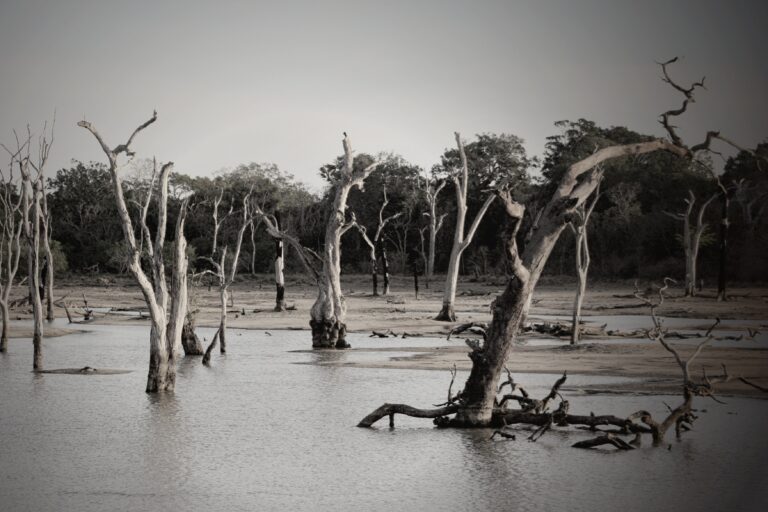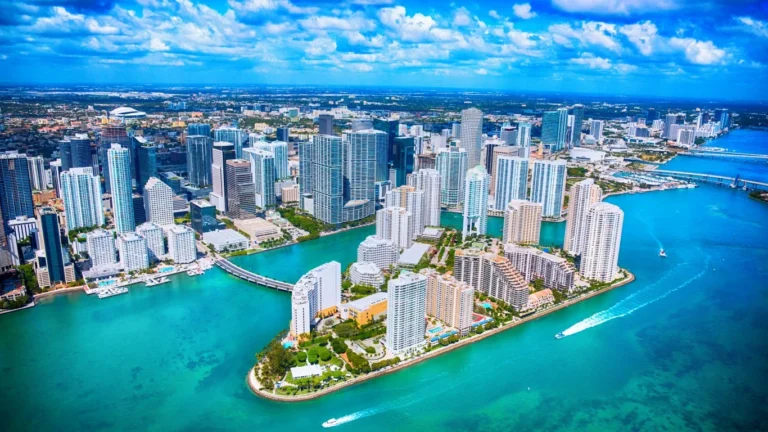Will Western Australia Become Uninhabitable?

Western Australia makes up more than a third of the continent. It covers 975,000 square miles and has a population of 2.7 million. Over 2 million people live in Perth on the Indian Ocean. The Indian Ocean also borders the northern coast of Western Australia. From this north coast to the state’s center, temperatures are over 100 degrees F and have reached 120 degrees in some locations. The high heat is not unusual, but it may have reached the point where towns in the Karlamilyi National Park and Gibson Desert may no longer be habitable.
A deeper problem: World’s Population Hits Record 8 Billion As Planet Boils
The Journal of Climate Change and Health recently ran a study titled “Climate change in Western Australia and its impact on human health.” The authors point out that mining, primarily done in Western Australia, is among the largest national GDP contributors. The industry could be disrupted by the region’s heat, which contributes to food insecurity and heat deaths. Violent storms off the Indian Ocean create floods that contribute to a surge of diseases from mosquito-borne illnesses. The report’s conclusions–”Western Australia is vulnerable to climate change which is having an effect on human health. Environmental impacts have increased cardiovascular, respiratory vector-borne illnesses (eg, Ross River virus, COVID-19), neurological disorders and mental health.”
Australia is rarely on the list of nations with the highest risk of severe heat. Nature Sustainability published a list of countries with that will have the most dangerous heat levels in 2070. “Our study highlights the phenomenal human cost of failing to tackle the climate emergency,” Tim Lenton, the lead author and the director of the Global Systems Institute at the University of Exeter. The countries at the top of the list were India, Nigeria, Indonesia, Philippines, Pakistan, Sudan, and Niger. Australia was not included. There are places where people in Australia can barely live now. They aren’t thinking about 2070 since the crisis is already there.






